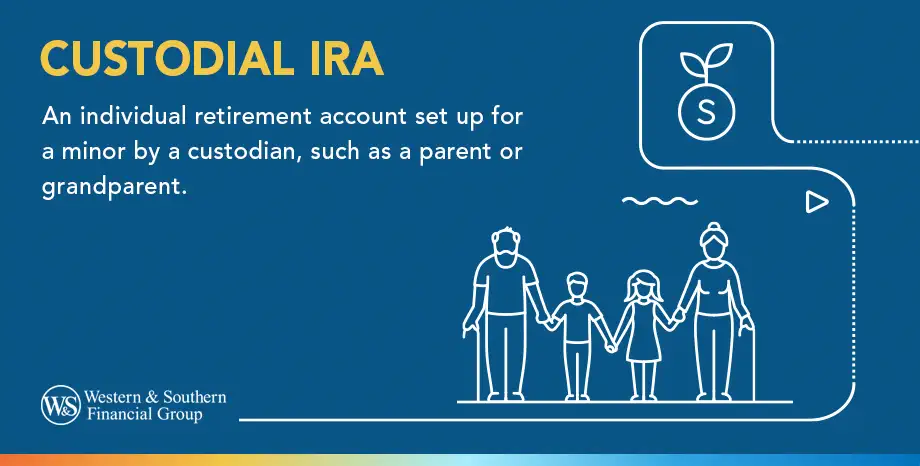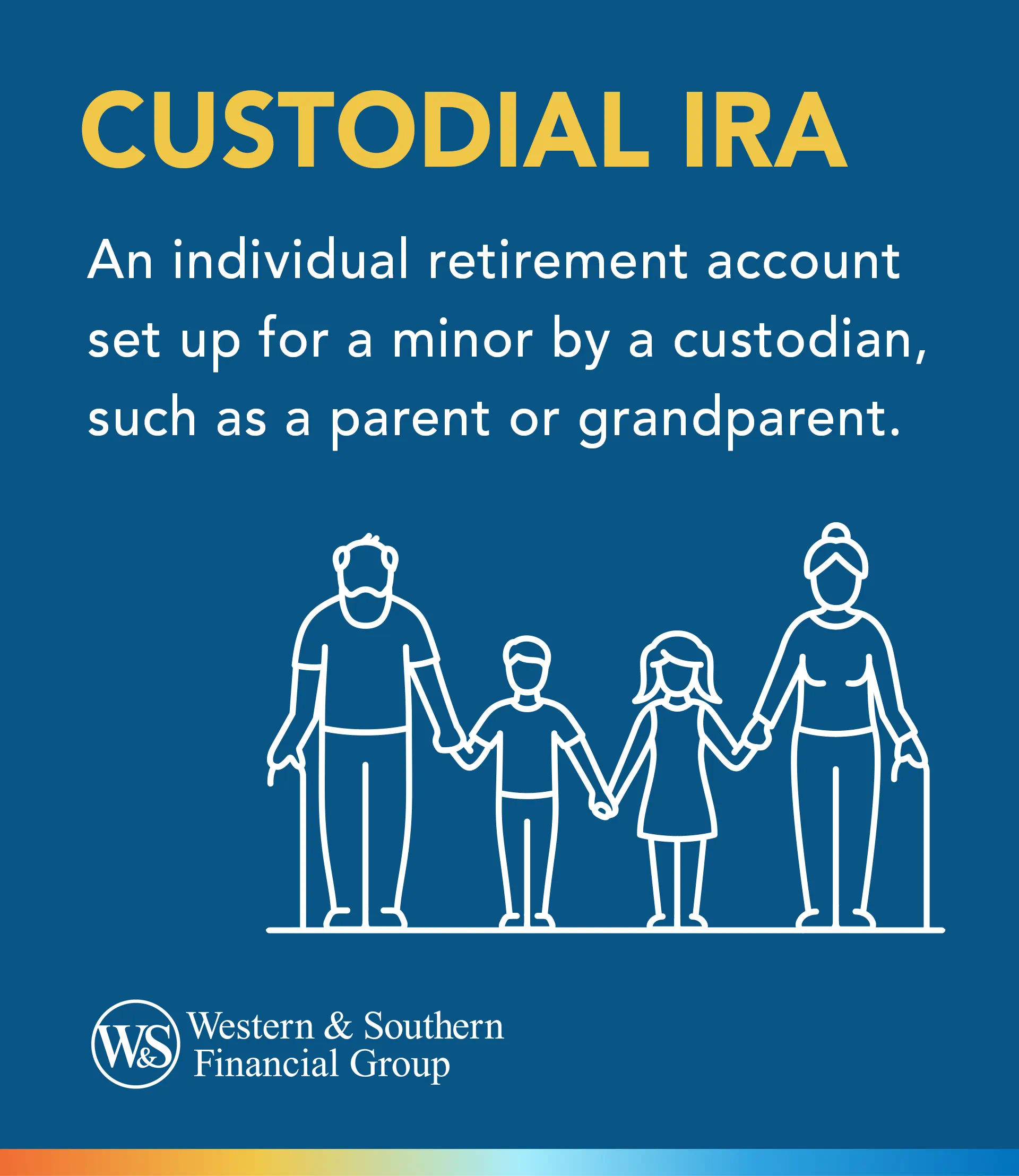

Table of Contents
Key Takeaways
- A custodial IRA is similar to a regular IRA, but the child is the beneficial owner, and an adult custodian manages the investments until the child reaches the age of majority.
- The contribution limits for a custodial IRA are the same as a regular IRA, based on the child's earned income, making it a valuable tool for early savings and potential tax-free growth.
- A custodial Roth IRA can offer tax-free growth, making it an attractive option for young investors with a longer time horizon.
- Opening a custodial IRA can teach children the importance of saving early and developing the habit of regular savings for long-term financial goals.
- Starting a custodial IRA early can provide a significant advantage, as small savings can accumulate into a substantial investment over time, contributing to the child's future financial well-being.
Here's what you should know about this type of account and its potential financial benefits.
Custodial IRA Defined
This kind of individual retirement account (IRA) isn't complicated. It resembles one you would open for yourself and has the same contribution limits. The difference is that your child (or grandchild) is the "beneficial owner." That just means that someone else (you, as the custodian) is responsible for making all the decisions about how the money is invested and distributed until the child reaches the age of majority (18 in most states).
Custodial IRA Contribution Limits
As noted, the contribution limits are the same as those of an IRA that you might have for yourself. But that doesn't necessarily mean $7,000, which is the 2024 IRA contribution limit that most people think of.1 Another IRA contribution ceiling is the amount of one's earned income. While you, as an adult, may be earning more than $7,000, your child might not be. Earned income includes all taxable wages and income that you get from working and does not include gifts.2
Potential Advantage of a Custodial Roth IRA
A custodial Roth IRA could make more sense than a non-Roth custodial IRA. The younger beneficial owner will have more time to grow their money and could earn more from their investments, which means that they could earn more tax-free income. Chances are that your child isn't earning enough to pay any income taxes, so a tax deduction that's potentially available for non-Roth IRA contributions may not be valuable. Though you don't get a tax deduction for Roth IRA contributions, you instead get tax-free treatment on your original contributions, and on the earnings on those contributions, when you withdraw the funds at retirement (as long as the requirements for a Roth IRA are met).3
Teaching Your Child Good Financial Habits
A custodial IRA can help a child start saving early, but will they actually be willing to save some of what they've earned for a long-term goal like retirement? Some will and some won't. Even if the savings amounts are modest, helping a child develop the habit of saving regularly can be valuable. Plus, small savings today can help add up to a larger investment in the long-term.
It's never too early to start saving. Whether your child is putting money aside for retirement or another long-term goal, a custodial IRA could help them learn good financial habits and help their future financial well-being.
Sources
- Retirement Topics - IRA Contribution Limits. https://www.irs.gov/retirement-plans/plan-participant-employee/retirement-topics-ira-contribution-limits
- Publication 590-B (2022), Distributions from Individual Retirement Arrangements (IRAs). https://www.irs.gov/publications/p590b.
- Earned Income and Earned Income Tax Credit (EITC) Tables. https://www.irs.gov/credits-deductions/individuals/earned-income-tax-credit/earned-income-and-earned-income-tax-credit-eitc-tables#Earned%20Income.

























